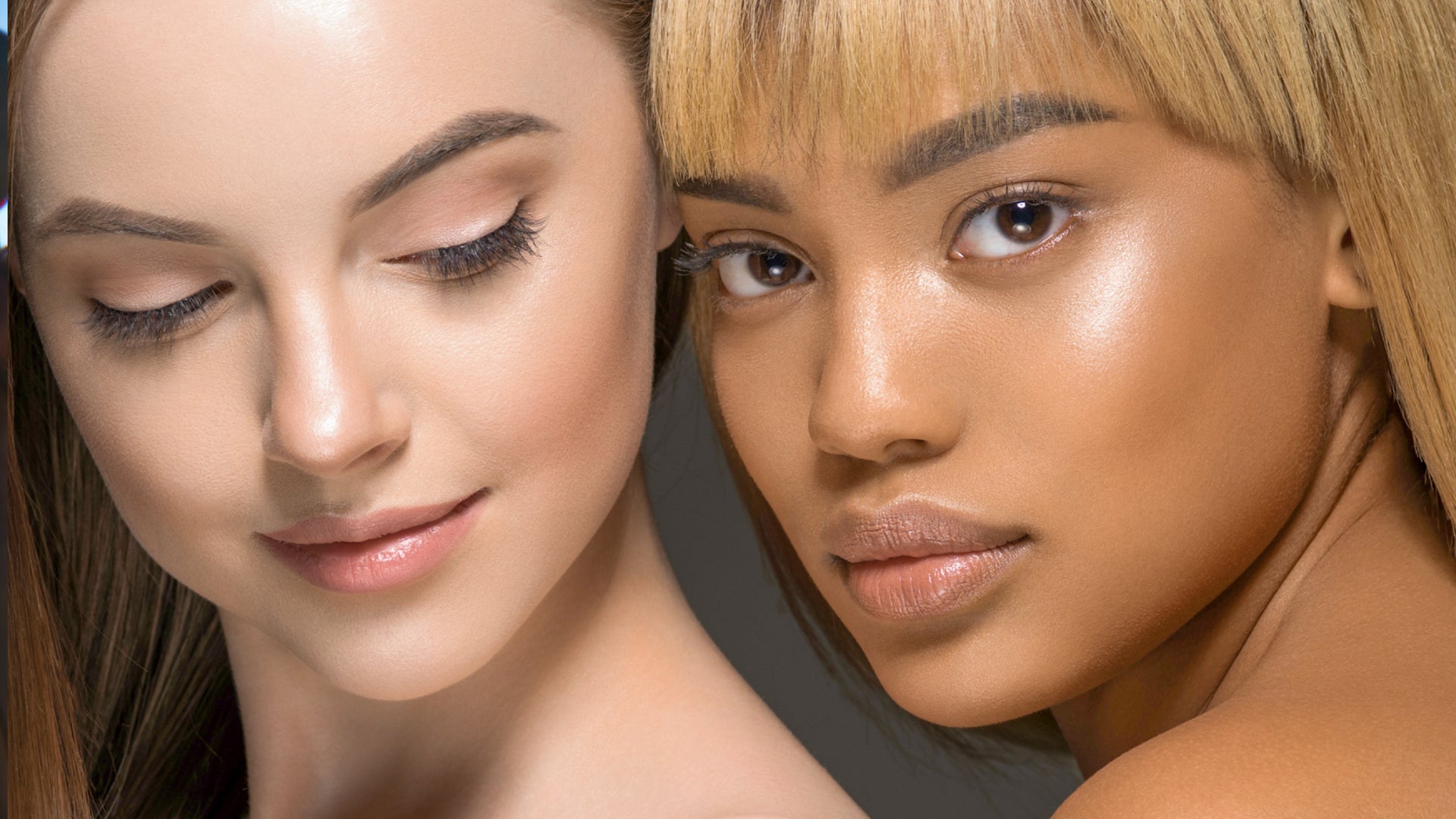
No-Brainer Moisturizing Ingredients That Work For All Skin Types
Not sure what to look out for in the search for a kick-ass moisturizer? Well, there are some ingredients your skin could probably live without (cough, parabens). Similarly, others have the kind of moisturizing prowess that will never let you down…
Moisturizers often contain all manner of hard to pronounce and even more impossible to spell ingredients – some of which are absolute winners, and others? Well, not so much. So, how do you separate the wheat from the chaff? Knowledge, dear readers, that’s how. Now, we don’t expect you to gen up on every acid, phosphate and peptide known to humankind, but just a smidge of ingredient knowledge will go a long way to reaching the heady heights of perfectly moisturized skin.
Here are some of the most effective, clinically researched moisturizing ingredients to look out for.
Aloe Vera
The aloe vera plant is made up of over 95 percent water so it doesn’t take a rocket scientist to get that as a hydrating skincare ingredient aloe is pretty hard to beat. Aloe also contains polysaccharides and phytosterols which are rich in vitamins and nutrients and work hard to help prevent transepidermal water loss (TEWL). Not sure what TEWL is? Naturally, we’ve got your back: it’s the term used for the amount of water that evaporates from the surface of your skin. The upshot is, you want your TEWL to be low and to do so you need awesome ingredients like aloe vera to help seal moisture into your skin.
Aloe’s also great for treating acne, eczema, rosacea, sunburn and is well tolerated by almost all skin types.
Glycerin
After water and fragrance, glycerin (also known as glycerine or glycerol) is the third most frequently used ingredient in cosmetics. An important component of your skin’s natural moisturizing factor (NMF), glycerin can be produced synthetically or derived from vegetable or animal sources, but don’t sweat, we use kosher vegetable glycerin in our products.
Glycerin works as a humectant, meaning it attracts water from its surroundings then draws it in like a sponge. It figures, therefore, that by applying a humectant like glycerin on a regular basis you automatically increase the levels of moisture available to your skin to help reduce dryness and irritation. Glycerin also has slight keratolytic properties which means it helps soften and shed dead skin cells to increase cell turnover and further improve the skin’s natural barrier function. Is it fair to say that glycerin’s an unsung hero in the world of skincare? Yes, we think so.
Green Tea
Usually praised for its high-powered antioxidant properties, green tea (camellia sinesis) contains a whole host of vitamins and nutrients to help balance and hydrate the skin. Vitamin B2 (riboflavin), for example, works to maintain mucus secretion which regulates sebum production and prevents dryness, cracking and even acne. Meanwhile vitamin E is a powerful emollient that repairs and smooths the skin. More on vitamin E later...
Hyaluronic Acid
Similar to its more unassuming cousin glycerin, hyaluronic acid (HA) is a humectant that sucks water into the skin. Sometimes referred to as hyaluronan on your skincare label, HA can hold up to 1,000 times its weight in water which is darn impressive, don’t you think? Your skin naturally contains a fair amount of HA, but as you age and become more and more exposed to environmental stressors, these levels start to decrease – in fact by the time you hit 40 you could have lost up to 50 percent of the stuff. This is why it’s a smart move to include HA in your daily moisturizing routine.
As a skincare ingredient, HA is formulated to act just like your own which means it rarely causes reactions or irritation. Can we get a round of applause for HA, please?
Palmitates
Palmitates might sound a little scary, but they’re really not. Produced from a naturally occurring fatty acid called palmitic acid, palmitates such as isopropyl, cetyl and ethylhexyl are what’s known in the biz as emollients. Emollients help repair, smooth and seal cracks on the surface of the skin to trap in moisture and strengthen the skin’s natural protective layer. They work especially well in skincare when formulated with humectants like glycerin and hyaluronic acid. Humectants deliver the moisture; emollients seal it all in. Clockwork.
Jojoba Oil
Another effective emollient, jojoba oil is one of our favorite, nutrient-rich oils for dry skin because it’s super light, but packs a real moisturizing punch.
Produced from the seeds of the jojoba plant (or simmondsia chinensis if you’re feeling fancy) jojoba oil is extremely stable meaning it can hold up well under extreme conditions without breaking down and rendering itself, well, useless. Jojoba oil is also very similar in its molecular makeup to your skin’s natural oils – more so than any other oil, in fact. This makes it ideal for balancing sebum production while deeply hydrating your skin and sealing it all in. Triple win.
Lecithin
Lecithin is a naturally-occurring phospholipid that’s most commonly obtained from soybeans, milk, corn or eggs. It’s another member of the skin-smoothing emollient family, but also has emulsifying benefits which means it helps stabilize skincare products that contain both oil and water.
But that’s not all, lecithin also acts as a penetration enhancer to allow other active ingredients in your products to better penetrate the skin. Now, that’s what we call an awesome team player.
Shea Butter
Say hello to yet another awesome emollient ingredient: shea butter. Derived from the nuts of the karite tree, shea butter is super popular in skincare because it’s dope at smoothing the skin without the heaviness you might experience from other pore-clogging, occlusive butters like cocoa.
Shea butter is brimming with skin-loving vitamins and fatty acids, is a rich source of free radical-fighting antioxidants and helps restore balance and hydration to all skin types. And while shea butter is produced from tree nuts, those with nut allergies need not worry because it’s very low in allergy-triggering proteins. Look out for its Latin name of butyrospermum parkii on your skincare products. You won’t regret including this baby in your routine.
Vitamin E
Last, but not least, we have vitamin E, often seen on skincare labels as tocopherol, tocopheryl acetate or alpha-tocopheryl acetate.
Vitamin E is a fat-soluble emollient and humectant rolled into one which means it has a clever way of drawing water into the skin and then holding it there to work its moisturizing magic. Your skin naturally contains a solid amount of vitamin E, but as with HA and glycerin, these levels deplete with age – hence its popularity in skincare for decades.
Vitamin E also has anti-inflammatory and repairing benefits so it’s an excellent choice for sun damaged skin or to help heal scars.









